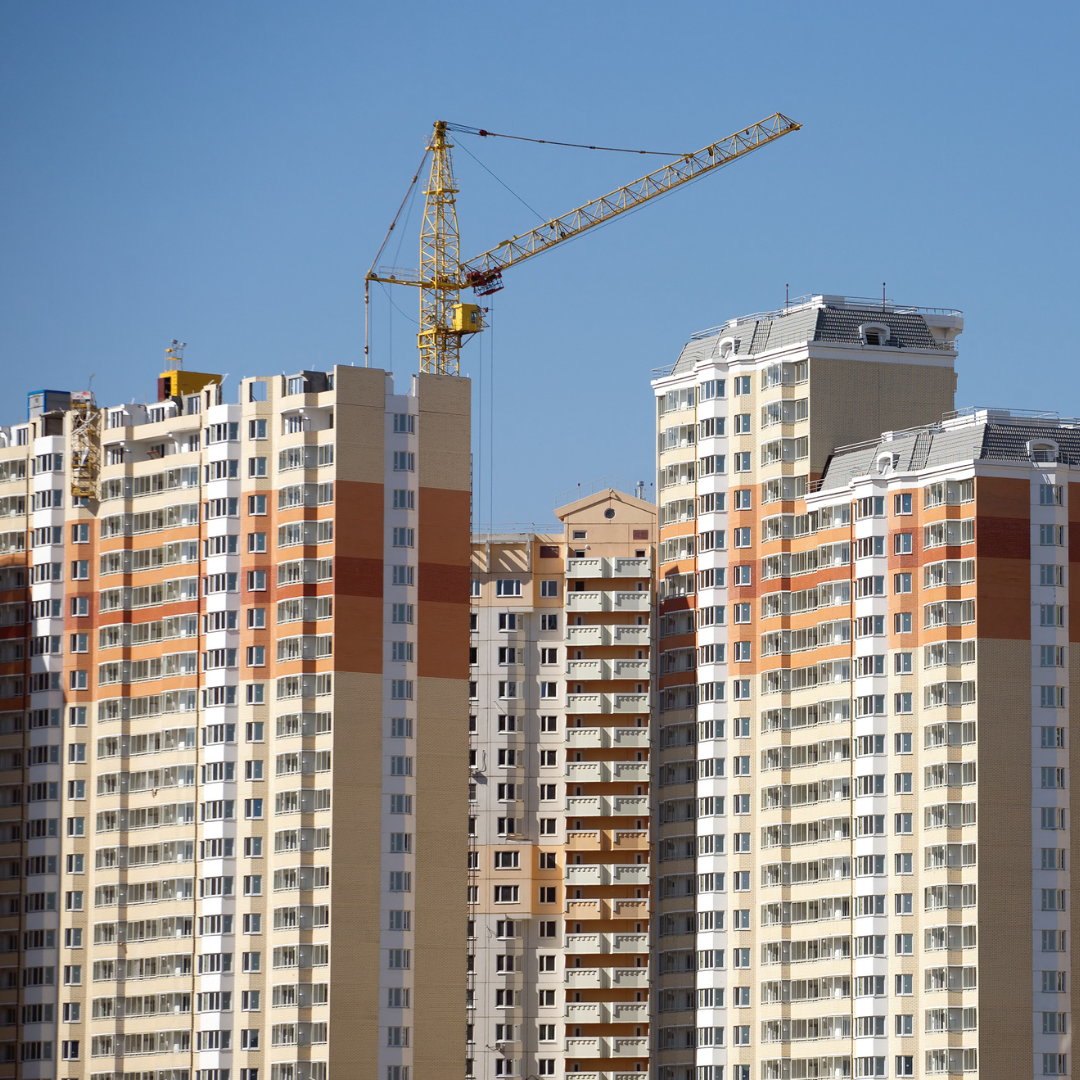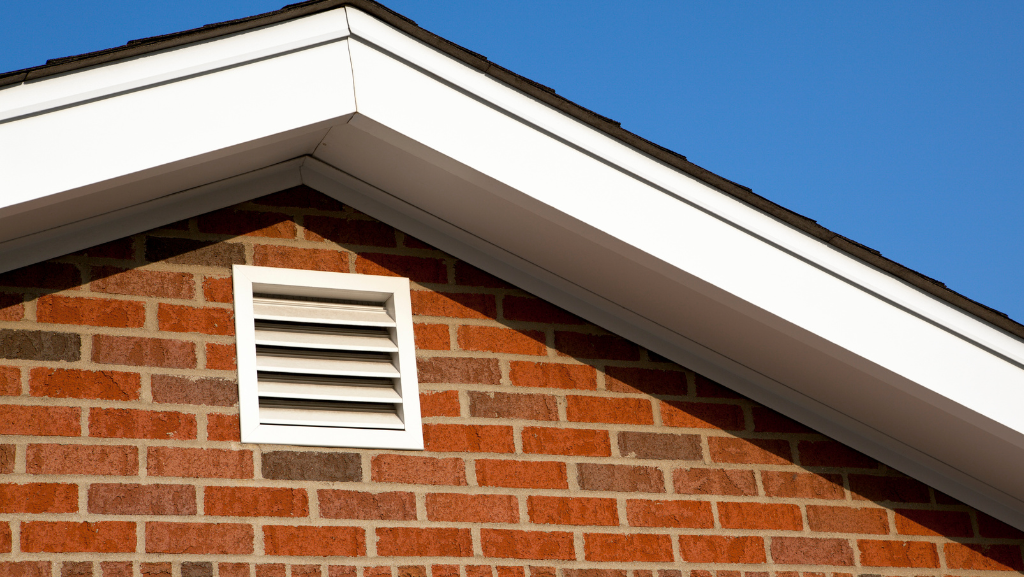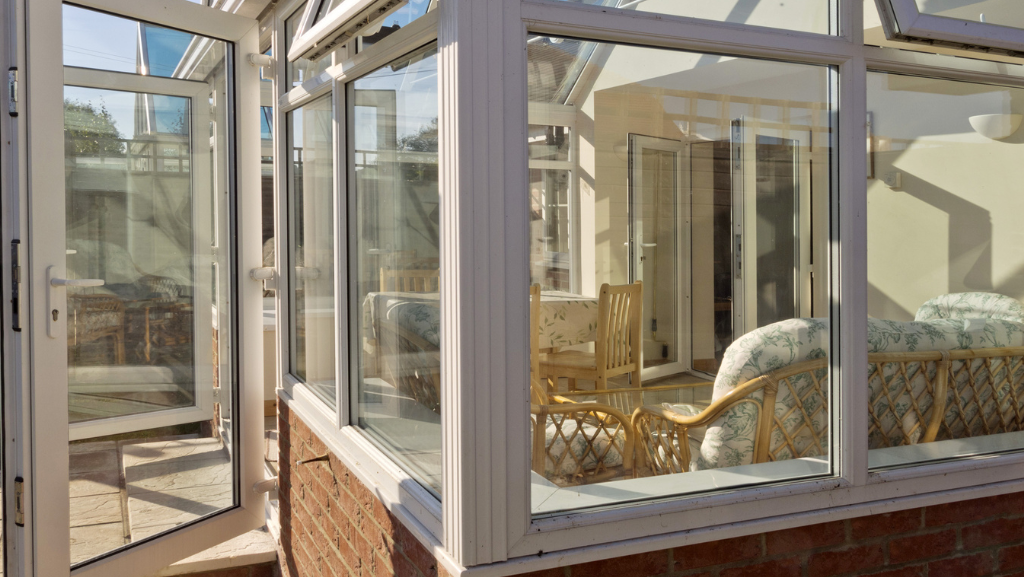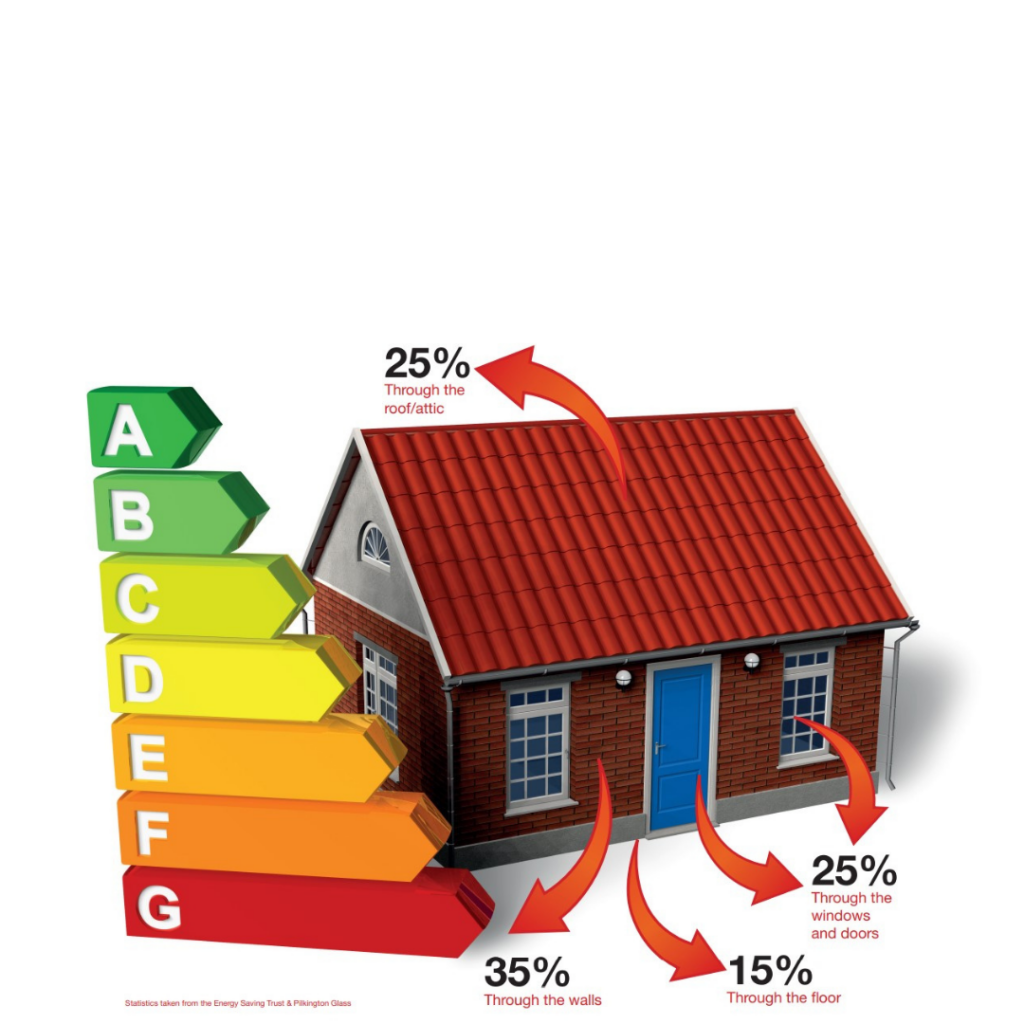Building regulation changes come into effect in England today, June 15th 2022. Find out what is changing and how it may affect your home and your home improvments in our latest blog.
Which Buildings Are Affected by the Building Regulation Changes?
The changes are set out under Building Regulation Approved Documents F, L, O and S. These explain what’s required for both new and existing buildings.
View the full updated Approved Documents on the Gov.uk website. These documents are issued by the government, and contain guidance on ways to meet building regulations. The new building regulation changes will affect:

New Build Homes

New Non-Domestic Buildings

Existing Homes
Changes To Approved Documents

Ventilation
Changes to the requirements for ventilation in homes and non-domestic buildings are being made to improve both air quality and safety, with the aim of preventing the spread of airborne viruses such as COVID-19, as well as mould and air pollution.
The changes to Approved Document F will be introducing new measures to ensure properties receive the necessary ventilation. This will include the use of trickle vents on windows to provide background ventilation.
The changes to requirements for ventilation are needed because the updates to Approved Document L will make homes more airtight for energy efficiency purposes. Scroll down to the next section to read the changes to the Conservation of Fuel & Power.
Conservation of Fuel & Power
The energy efficiency requirements for windows, doors and walls will be improved in the updated Approved Document L. Water-based heating systems such as gas-powered central heating, will be brought up to a higher energy standard, with a new maximum flow temperature of 55°C. This means that radiators capable of outputting high heat with a low flow will be needed.
A new performance metric is being introduced to target the efficiency of the building’s heating system. “Primary Energy” is designed to give a more complete picture of the total energy used to power a building. In addition to the energy demand from the building itself, it also considers all of the energy used in upstream activities needed to get power to the property. This might include planting and cultivation of biofuels, extraction, refining and transportation.
Scroll down to the next section to find out more energy efficiency measures being introduced to prevent Overheating.


Overheating
Approved Document O contains updated guidance regarding overheating in properties and reducing reliance on energy-guzzling air conditioning.
The new regulations aim to limit overheating through passive measures such as fitting awnings, shutters or insulated glass, as well as by glazing design in new houses.
The key element in the building regulation changes to Overheating measures is to provide the means to remove excess heat from a building without using powered means to do so – for example, by ensuring good cross-ventilation from openings on opposite walls.
Our signature Staywarm Energy Maxitherm™ insulated glazing is specially designed to prevent solar gain in summer! Find out more about Maxitherm™.
Electric Vehicle Charging
New residential buildings will require the installation of electric vehicle charging points.
This regulation may not apply under certain circumstances, but even if exemptions apply, there still may be the requirement to lay cables so the installation can be done in the future.
Read the full changes to Approved Document S on the Gov.uk website.















